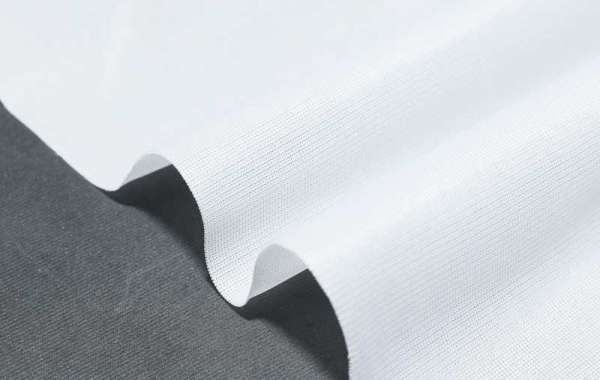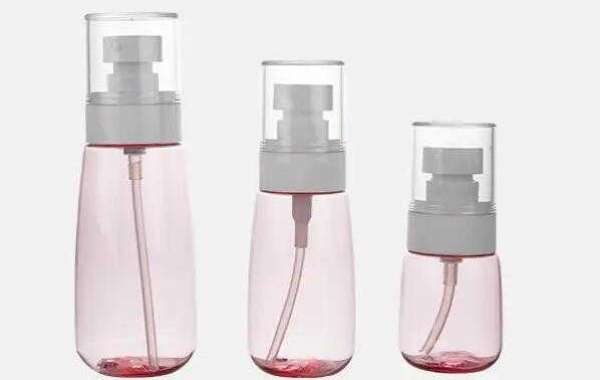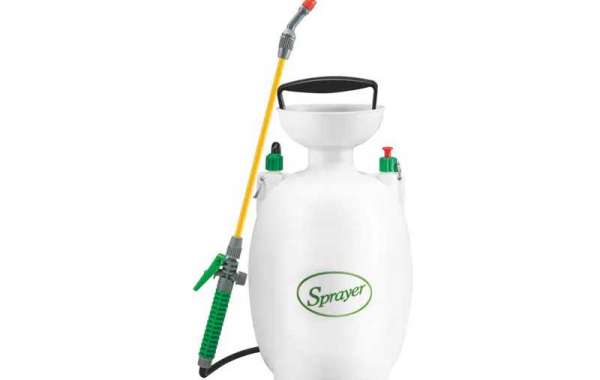The sublimation Polyester fabric was discovered by a group of British chemists working at the Calico Printer’s Association of Manchester, England. They were interested in the work of W.H. Carothers, the chemist who discovered Nylon, the first synthetic fiber. Stemming off of Carothers’ research, the British chemists patented the first polyester in 1941 under the name Terylene. Soon after in America, DuPont purchased the rights to Terylene and begun manufacturing its own version of polyester, which debuted in 1951 under the name Dacron.
Polyester is made from acids and alcohols that are derived from petroleum. The fiber’s name comes from its makeup of many (poly) common organic compounds (esters). Polyester can also be derived from recycled materials. The specific processes for creating polyester are not known, as companies keep them secret to remain competitive. There are many different forms of polyester specific to its end use. A version referred to as PET (polyethylene terephthalate) is the most common.
Why Polyester is Great
Strong and durable
Good abrasion resistance
Stands up well to sunlight
Resistant to mildew
Resistant to most chemicals
Water-resistant
Resistant to shrinking and stretching
Doesn’t wrinkle
Retains heat-set pleats and creases
Easy to clean
Polyester, like all fabrics, is not without a few drawbacks. In the late 1960’s polyester had a bad public image for being a cheap fabric that uncomfortably retained heat. New manufacturing processes and the invention of microfiber (a super-soft, durable, lightweight polyester) are making this less and less the case today.
Additionally, polyester is prone to pilling and has static cling tendencies. It can soil easily and oil stains can be difficult to remove. Most other stains however, will remove with solvents or detergents.
We sale display fabric and welcome to send us messages!








